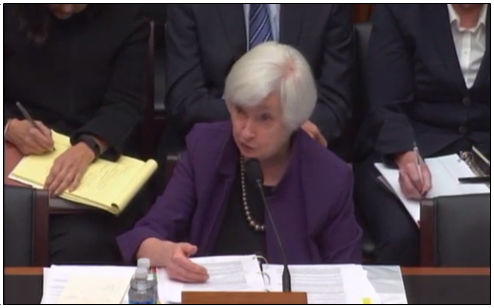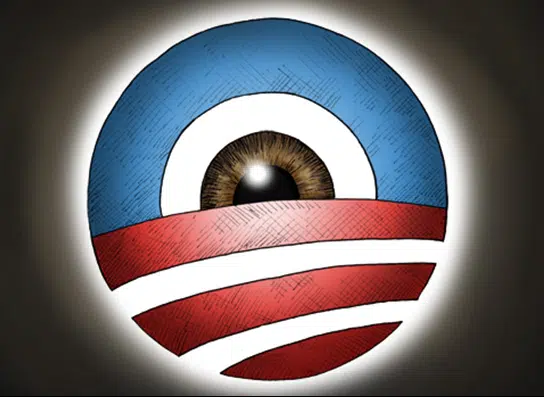“While I would not completely rule out the use of negative interest rates in some future very adverse scenario, policymakers would need to consider a wide range of issues before employing this tool in the United States, including the potential for unintended consequences.”
That was Federal Reserve Chairman Janet Yellen in a letter to U.S. Rep. Brad Sherman (D-Calif.) refusing to rule out the use of negative interest rates by the Fed at some point in the future.
Negative interest rates would mean that to save money at bank would actually cost money, and to borrow money would actually pay interest.
Sounds insane, surely. But it’s actually already in practice. In Japan, for example the 10-year treasury has been trading at negative rates since February. The implication is that banks are actually paying the government of Japan interest for the privilege of holding the government bonds.
Interest rates in Switzerland, Denmark, Sweden and the European Central Bank have gone negative too.
So how would it work in the U.S.? In 2015 the deficit was $438 billion. But, refinancing the $19 trillion debt over time at -2.5 percent would generate $475 billion of revenue, balancing the budget by eliminating the $402 billion of gross interest and instead generating a budget surplus of $439 billion.
But rates would not need to go even that low. Simply refinancing at a -0.2 percent rate would similarly eliminate interest costs on the debt, still balancing the budget immediately with $38 billion to spare.
Surely, it sounds dumb as rocks, but here we are. Free money for the Treasury, and Janet Yellen, the steward of the nation’s monetary policy, won’t rule it out.
But what about the unintended consequences Yellen mentioned? $5.3 trillion of U.S. treasuries are actually in the Social Security and Medicare trust funds, which would stop earning interest and actually start paying it. That would drain the trust funds. Retirement and pension funds that depend on U.S. treasuries for interest income would have the same problem.
Presumably, the trust funds and other retirement and pensions funds would have to buy something else, not U.S. treasuries. Some higher yielding, riskier bonds or equities.
That means the lower interest rates go on the negative side, the less solvent the trust funds will become.
And besides, what banks would want to buy treasuries that make no money? To make it work, one supposes they’d have to borrow from the Fed at an even lower negative rate to offset what they were paying to the Treasury. Otherwise, the private market for treasuries would die.
All that would remain would be central banks either directly purchasing the treasuries, or paying institutions to borrow to buy the bonds. Either way, it would be a direct monetization of the debt.
Then there’s homeowners who could get paid the larger their mortgage is, and consumers getting extra interest income for putting groceries on the credit card.
Suffice to say, the unintended consequences would be far-reaching and perhaps even economy-destroying. So, naturally, that probably means it will eventually be implemented as soon as deflation — the “adverse scenario” Yellen alluded to — really takes hold. Buckle up.
Robert Romano is the senior editor of Americans for Limited Government.








